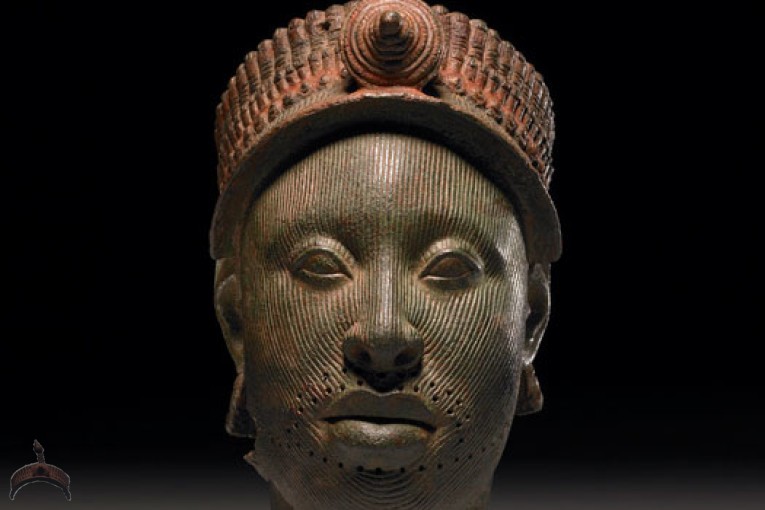Ife is the ancestral home of the Yoruba people of Southwest Nigeria. This is where they believe creation took place and tradition of kingship began. Ife artisans produced some of the finest artwork West Africa.
The most well-known aspect of Ife art is the terracotta and bronze portrait.
The artisans at Ife first began working in terracotta, but in time they learned the lost wax technique of metal casting and began casting their sculptures in bronze. Most portraits were that of royalty and their attendants. Some have holes around the forehead mouth and chin for attaching beaded crowns, beards, and veils. Others show the Ife Oni (king) in full regalia.
Ife art reached its peak between 1100 A. D. and 1400 A.D. By this time Ife sculpture had become more natural. Artisans were very skilled and could model the smallest contours and details of the face including scarification as well as create different facial expressions. The quality of these portraits is comparable to the quality of sculpture in Europe during the same period.
This attention to realism is unique in African sculpture, which is often stylised. It is important to note, however, that Ife art was not always realistic. Earlier works show a very stylised technique with bulging heads and eyes that suggest the influence of the Nok culture.
No comments:
Post a Comment